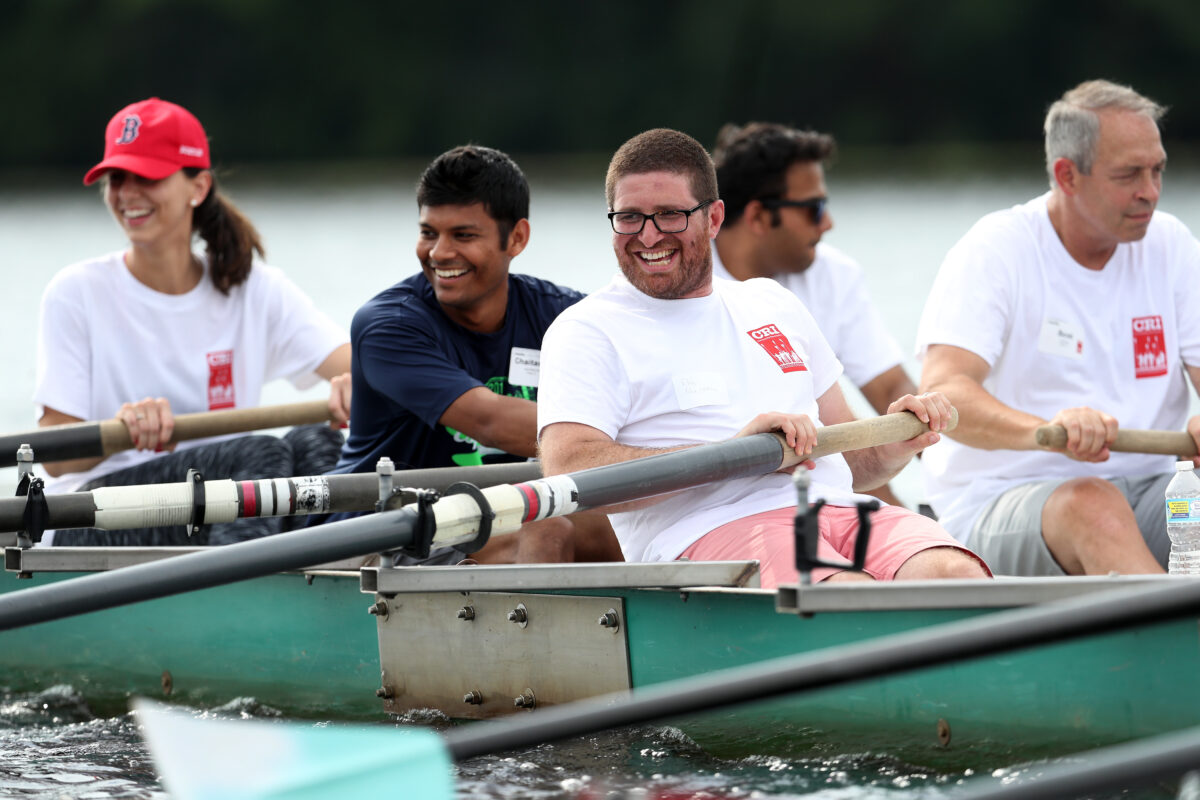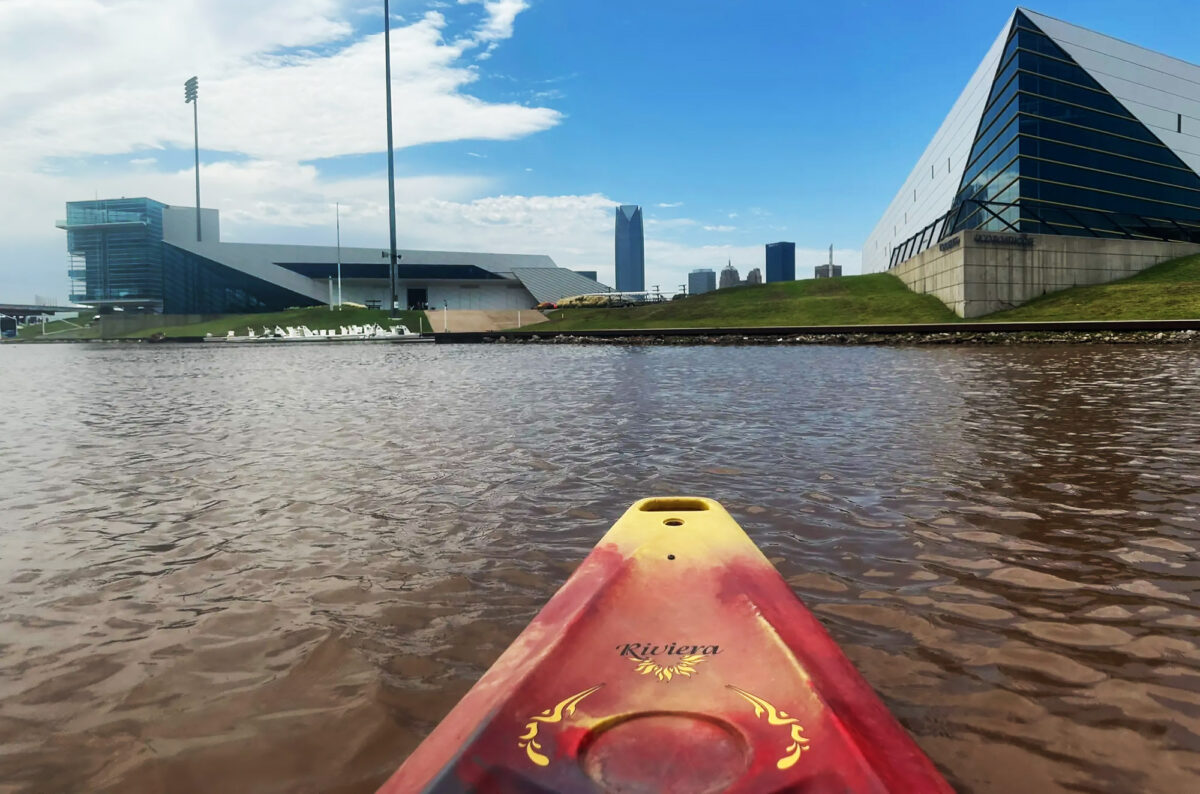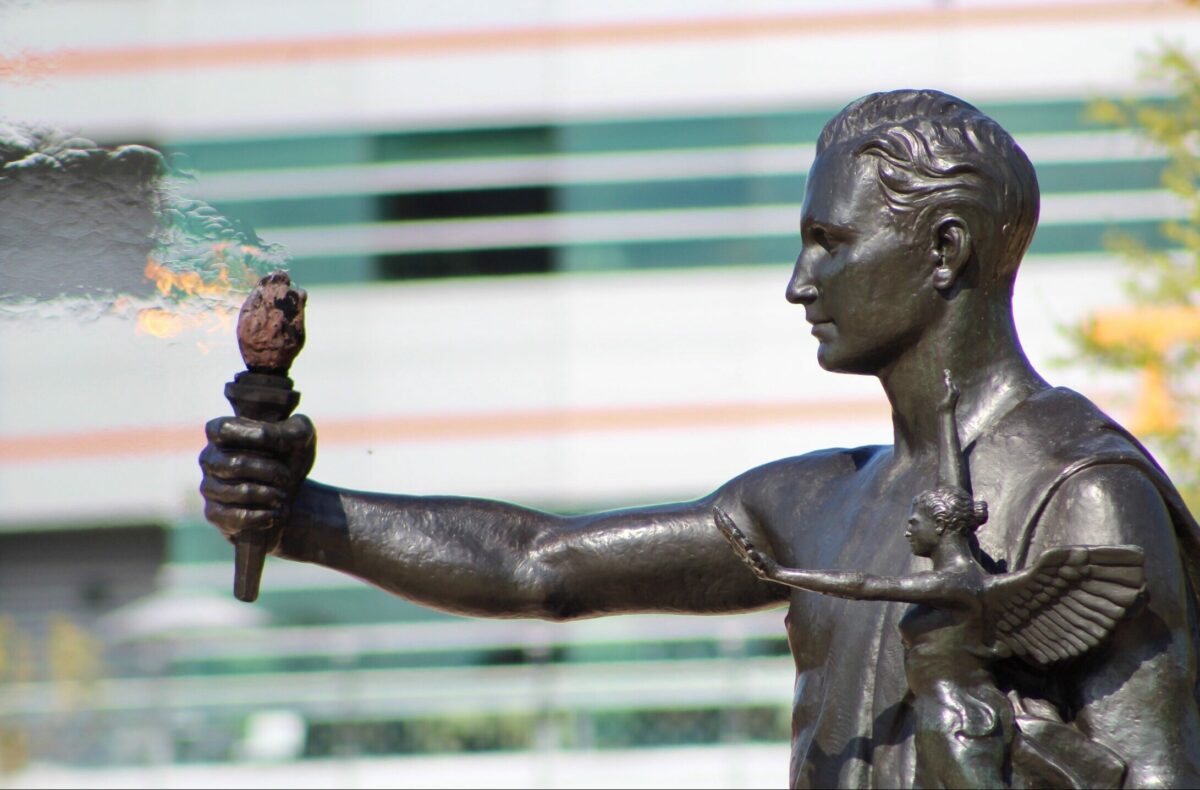Arctic Challenge:The impact of The Arctic Challenge goes far beyond the 4 athletes and the Arctic Ocean. With the mission to inspire young minds,the team aims to challenge the next generation to push beyond their limiting beliefs and chart their own course https://t.co/eHykb9wqcQ
— Jimmy Graham (@TheJimmyGraham) February 19, 2024
It doesn’t look like Jimmy Graham will be playing for the New Orleans Saints again in 2024, but you never know. He was a surprise addition to the training camp roster last summer and showed he can still play — but his ambitions for the future are bigger than football. Known as an avid aviator, Graham has now explored a passion for traveling the world by sea.
Graham announced Monday that he’s preparing for “The Arctic Challenge,” an endurance rowing project which will pursue a world record by rowing 1,000 miles across the Arctic Ocean in July 2025. Graham is the team’s lead navigator.
“Using this challenge to inspire young people is very meaningful for me,” Graham said in a statement from the organization. “As someone who has experienced homelessness, I recognize the importance of not letting your circumstances define your future. Through this challenge, we will showcase the power of determination, teamwork and resilience, and I am thrilled to use it as a platform for empowering kids to pursue their wildest dreams.”
He is part of a four-person rowing team planning to set out from Tromsø, Norway and travel to Longyearbyen in the country’s Svalbard archipelago, aiming to break the speed record set in 2023 of 15 days, 5 hours, and 32 minutes. Graham and his teammates will spend a year and a half training for the challenge.
It sounds like the experience of a lifetime. The Arctic Ocean is one of the last frontiers — fewer people have rowed across it than those who have walked on the moon. It’s home to a variety of wildlife: seals, seabirds, polar bears, and elusive narwhals and beluga whales among them. Weather conditions and temperatures can be highly variable as the climate changes, and the Arctic Ocean that Graham and his team plans to traverse may look drastically different from the one our grandchildren may live to see. We’ll be keeping an eye on his progress.
[lawrence-auto-related count=4]








